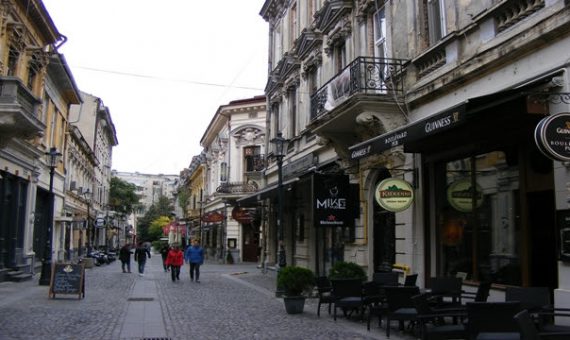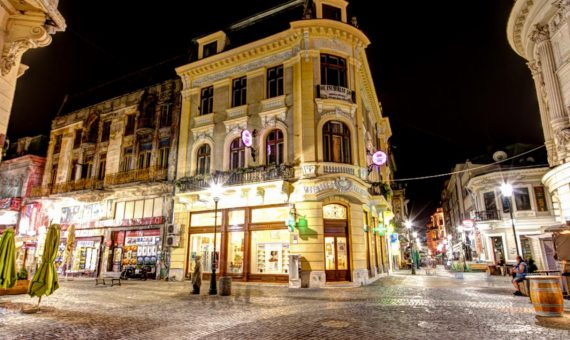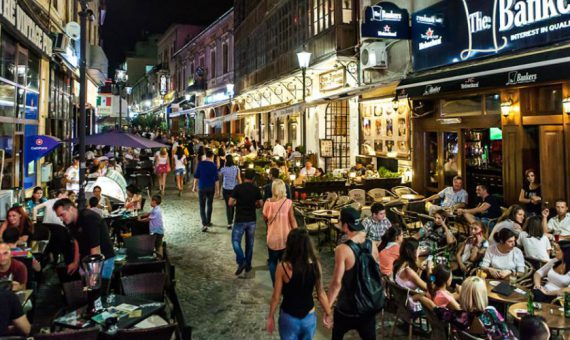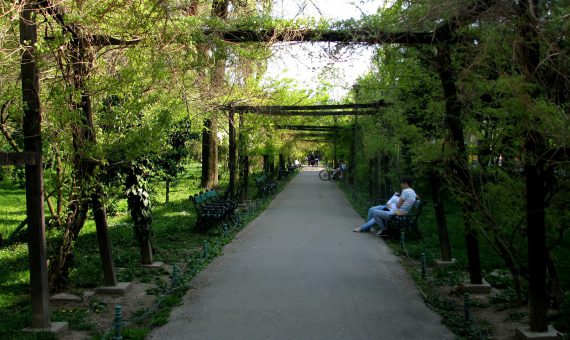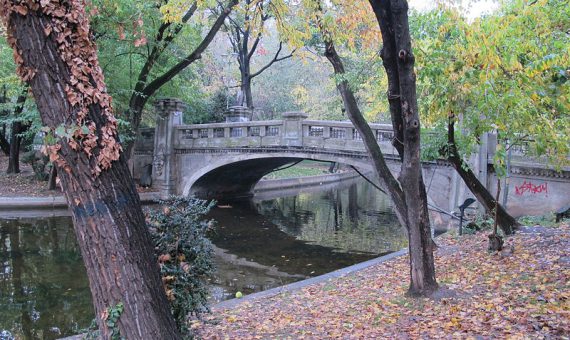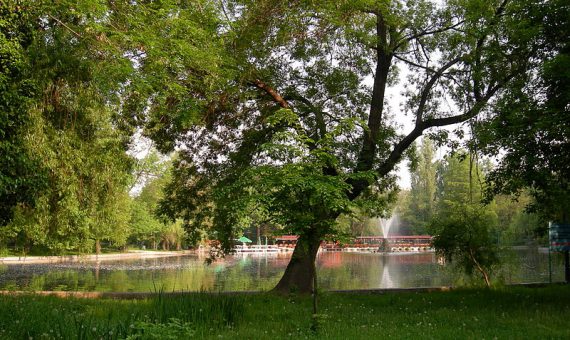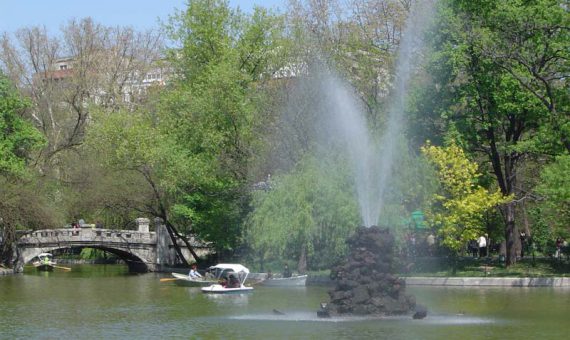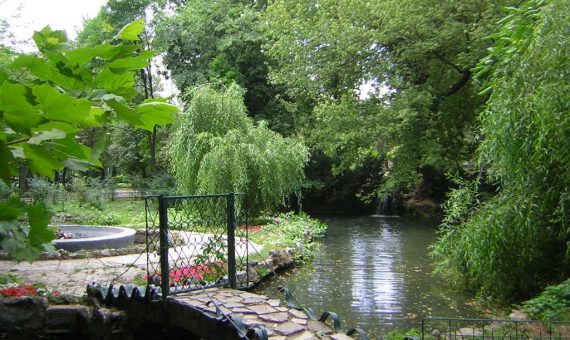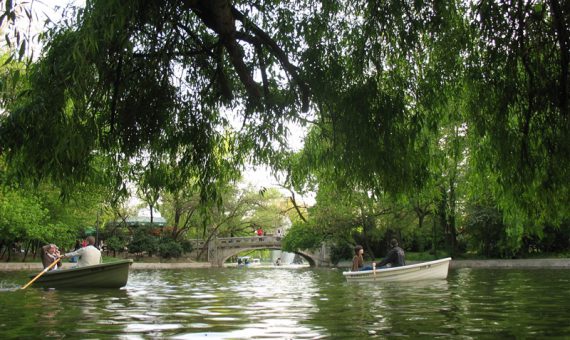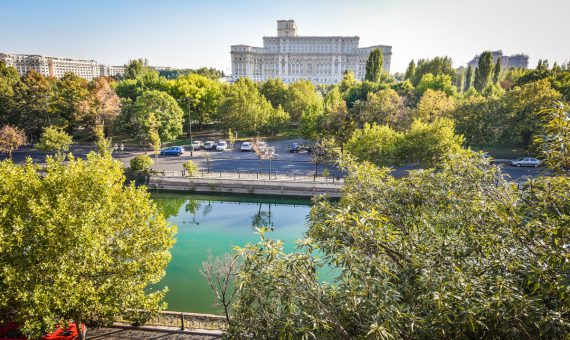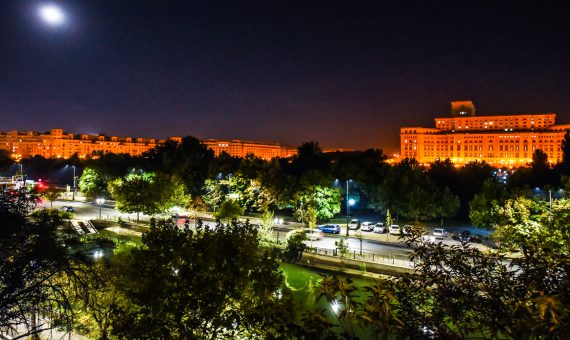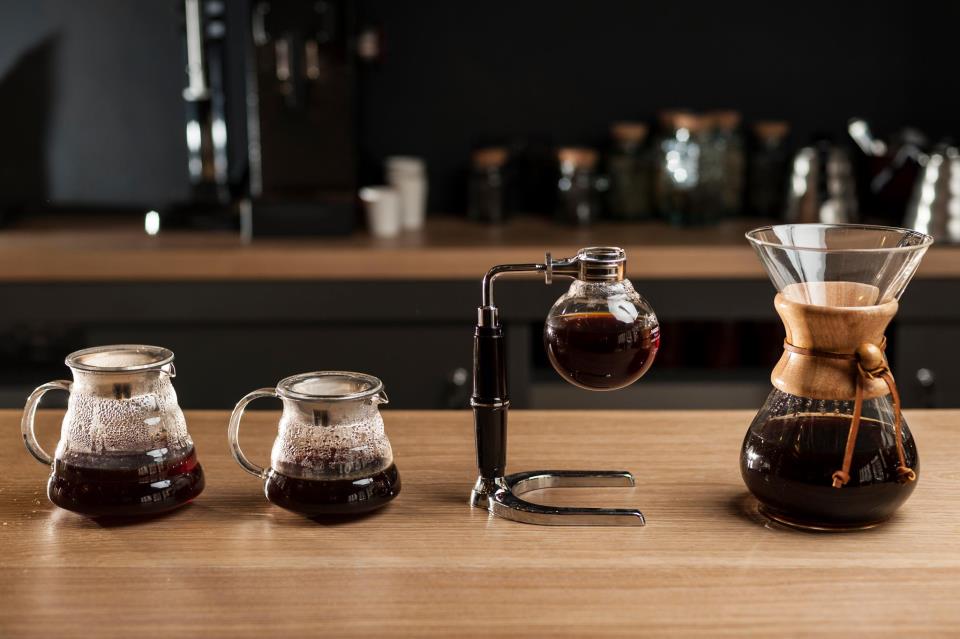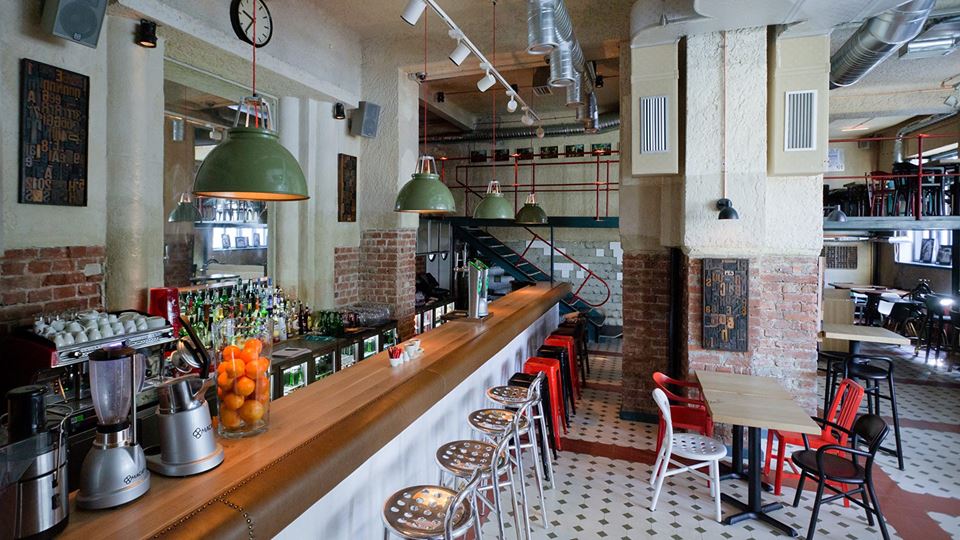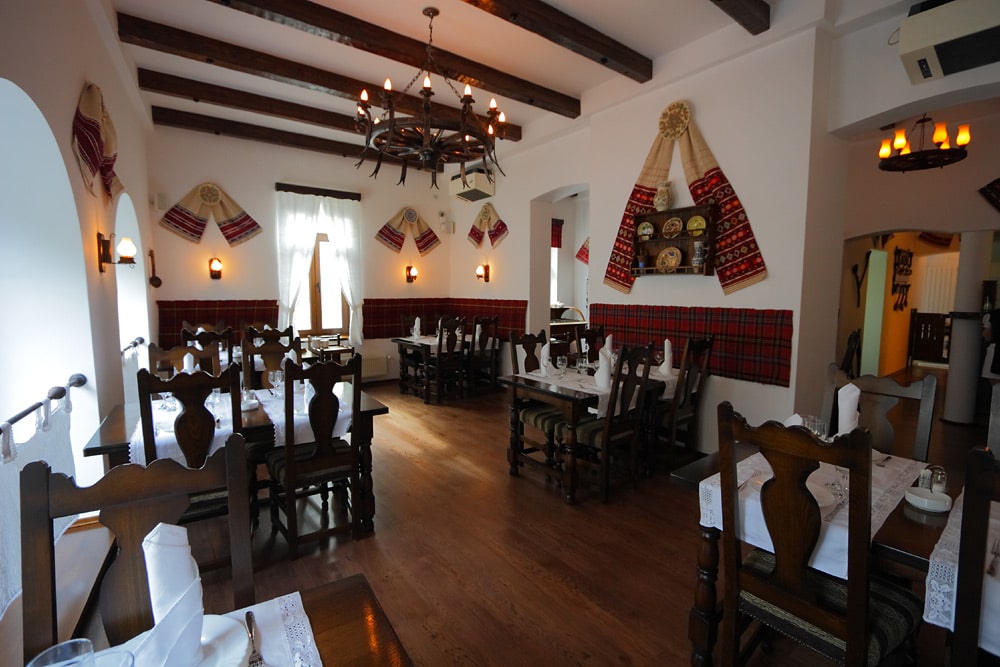The Old City
Known to most locals as Centru Vechi (the Old Centre), Bucharest’s Old Town is defined by the area bordered by the Dambovita river to the south, Calea Victoriei to the west, Bulevardul Brătianu to the east and Regina Elisabeta to the north.
The Old City is the old district of artisans and merchants that emerged around the Princely Court, back in the 16th century. The first Lipscani Lane, paved with wood, has recently been discovered at a depth of 3.30 meters below the current street level. Many of the streets are still named after the various craft guilds of the time, such as Blanari (“Furriers”), Selari (“Saddlers”) or Bacani (“Grocers”). The trade center was in its hay days a bustling, colorful Balkan place, with merchants shouting out loud, praising their wares and trying to attract customers.
Read more : here
Cismigiu Park
The most central of the city’s public gardens, Cismigiu is a haven of lawns, trees, flowers and lakes. Often mistakenly referred to as a park, Cismigiu is actually a large garden, first designed and laid out in 1845 by the German landscape architect Carl Meyer, but not completed until 1860.More than 30,000 trees and plants were brought in from the Romanian mountains, while exotic plants were fetched from the botanical gardens in Vienna.
Highlights of the 17-hectare garden include the Roman Garden, laid out in the style of ancient Rome, and including busts of Romania’s most famous writers, the lake, which can be explored by rowing boat in summer or skated upon during the winter, and Ion Jalea’s French Memorial in Carrara marble, which commemorates those French troops killed on Romanian territory during World War I. The park has a couple of cafes, refreshment kiosks and – in summer – terraces, as well as some good, large children’s playgrounds. It can get very busy in good weather, but it is a lovely place to spend time.
Read more : here
Palace of Parliament
The Palace of the Parliament (Romanian: Palatul Parlamentului) is the seat of the Parliament of Romania. Located on Dealul Arsenalului in the national capital city of central Bucharest (Sector 5), it is the second largest administrative building in the world.[1] The Palace has a height of 84 metres (276 ft), a floor area of 365,000 square metres (3,930,000 sq ft) and a volume of 2,550,000 cubic metres (90,000,000 cu ft). The Palace of the Parliament is the heaviest building in the world, weighing about 4,098,500,000 kilograms (9.0356×109 lb).[2]
A colossal building, designed and supervised by chief architect Anca Petrescu (1949–2013), with a team of approximately 700 architects, and constructed over a period of 13 years (1984–97), it was built as a monument for a totalitarian kitsch style of architecture, in Totalitarian and modernist Neoclassical architectural forms and styles,[3] with socialist realism in mind.[4]
Read more and book a tour here: here
Origo Coffee
Website : origocoffee.ro
Hanu’ Berarilor
Website: hanuberarilor.ro
Energiea
Website: energiea.ro
Vatra
Website: vatra.ro

